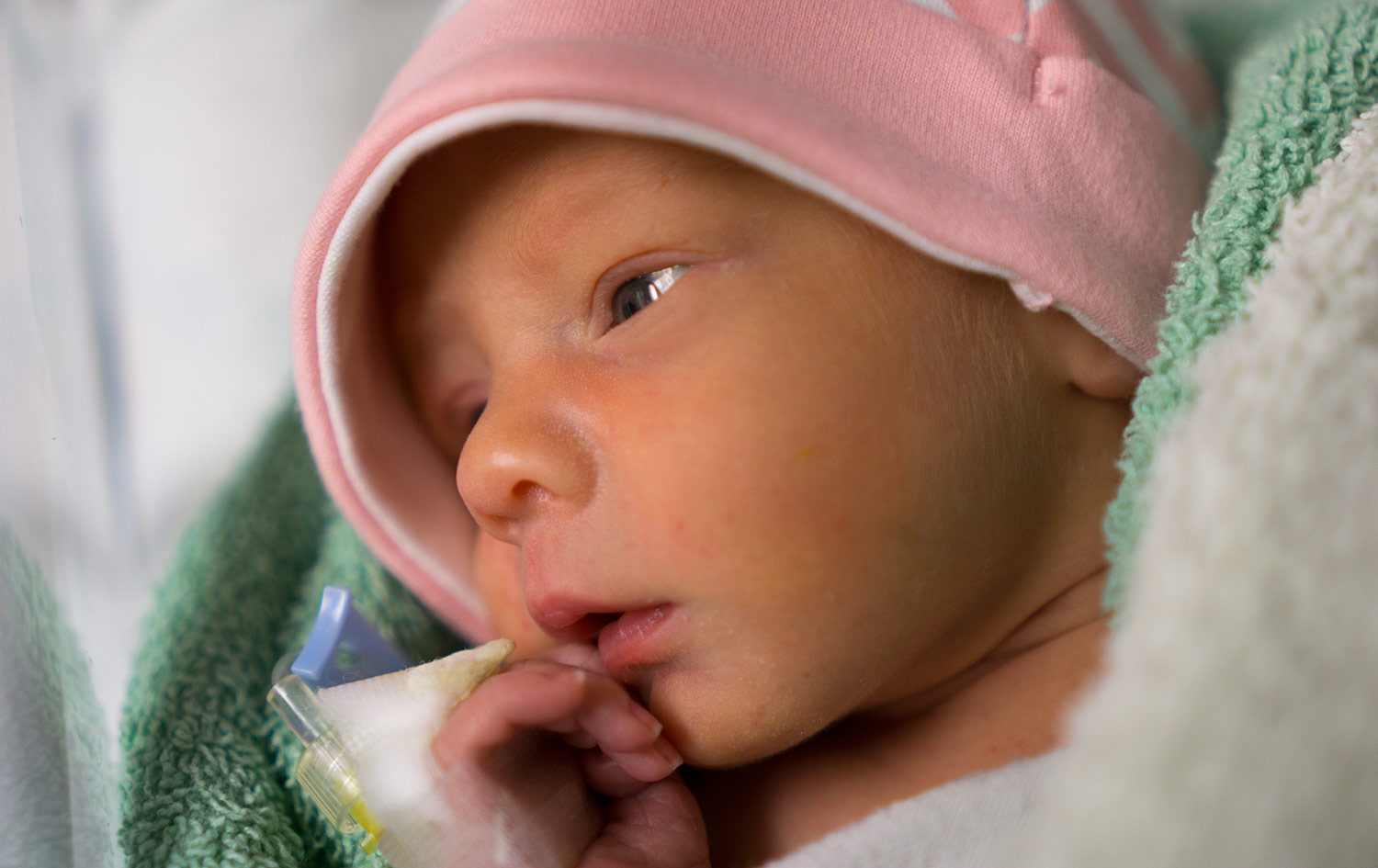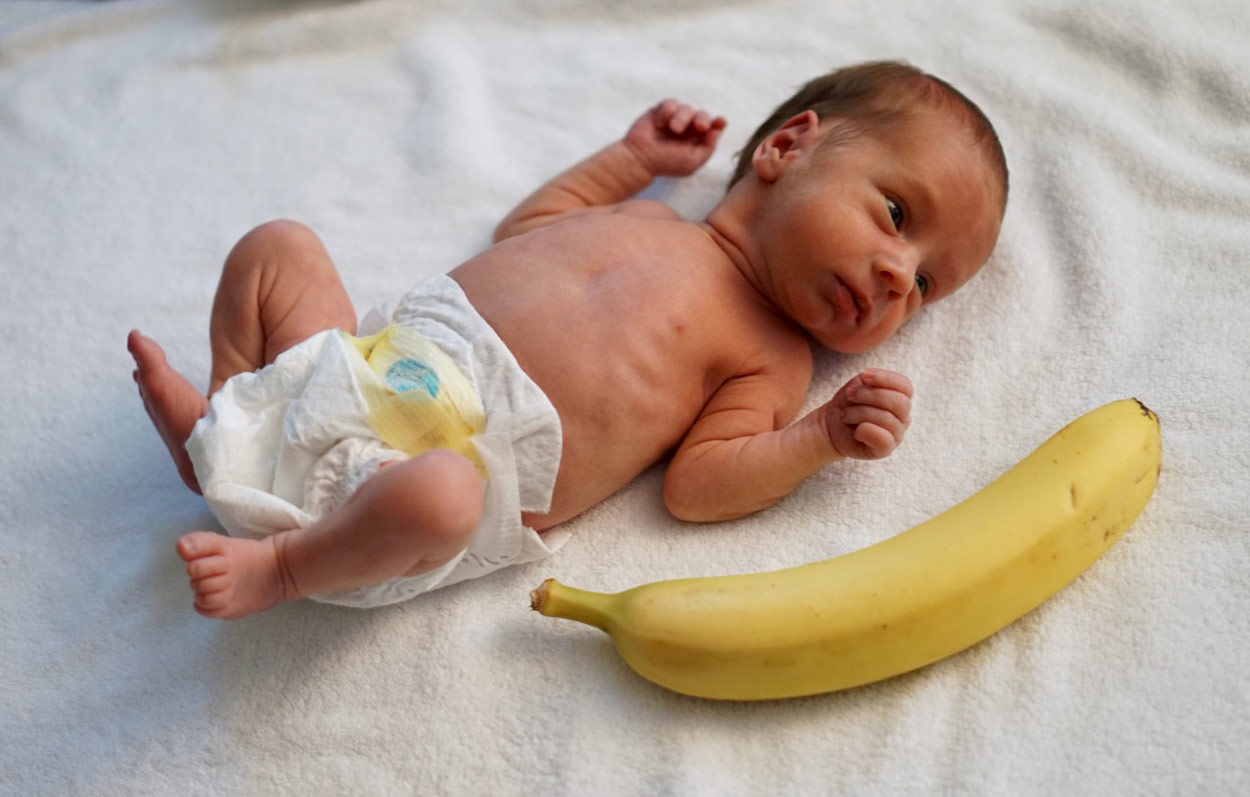On July 11, we welcomed Elizabeth Pike into our family. She weighed only 4.6 lbs, most of which was cheek. She was rather early and very small, so we spent our first week with her in the hospital, where she fuelled up on the world’s tiniest IV.

Over that first week she graduated to the world’s tiniest feeding tube, then to feeding all on her own. By day 6, she could eat an entire 37 millilitres at once! I was rather proud of that. Admittedly, her accomplishment was drinking less than a shot glass worth of tepid milk. Still, those moments, those celebrations of tiny things, they knit your heart in love very quickly. The tiny firsts of a tiny life.
While I say that Ellie is tiny, most people haven’t met a baby that is quite so small. By her second day, she was down to 4.3 pounds. While such a weight isn’t incredibly rare, babies her size don’t exactly crawl down the street every day. As such, it can be difficult to put her smallness into context for friends and family. 4.3 lbs is less than a two litre carton of milk. She’s too small for any baby carrier or “convertible” car seat. Newborn diapers are huge on her, which is not exactly a desirable attribute in diapers. Preemie sized diapers exist, but are difficult to find on short notice, which is also not a desirable attribute in diapers.
So, Ellie is pretty small. (Banana for scale.)

While being so thin and light makes Ellie the most pocketable Pike yet, it dramatically limits her battery life. Her desire to sleep for hours uninterrupted is mostly delightful, but with a stomach smaller than an egg, it means she runs out of food to digest before she wakes. As such, in order to keep her growing, we’ve been instructed to wake her and feed her every 3 hours, day and night.
Since she’s not yet strong enough to breastfeed for the entire feed, this feeding ritual takes 1 to 2 hours. We change, breastfeed, burp, bottle feed, pump, clean, burp, and – often – change again. Once that’s done, we can put her down for an hour before the wheel rolls 'round again. Where the week was once broken into 24 hour cycles, it is now made of 3 hour cycles.
Raising a baby, I’ve found, makes one more aware of time. In addition to feeding time 8-10 times a day, babies also need bath time, tummy time, bare-butt time, skin-to-skin time, vitamin-d-drop time, and a variety of other times as per the instruction manual that comes with every baby. While these rituals can be quite satisfying, they add up to rather a lot of time.
New parents often ask rhetorically, “What did I do with all my time before the baby came?” While reallocation of time would be a simple explanation for all this newfound time, my sense has been that having a baby has created time. I have observed, since her arrival, entirely new hours in the day. This “time dilation” effect seems to occur after the end of each day, before the start of the next. I previously had not perceived these hours, but it turns out they can be used for a range of activities, as long as those activities involve putting milk into a baby.
And perhaps, on occasion – when everybody else is sleeping – a bit of writing.